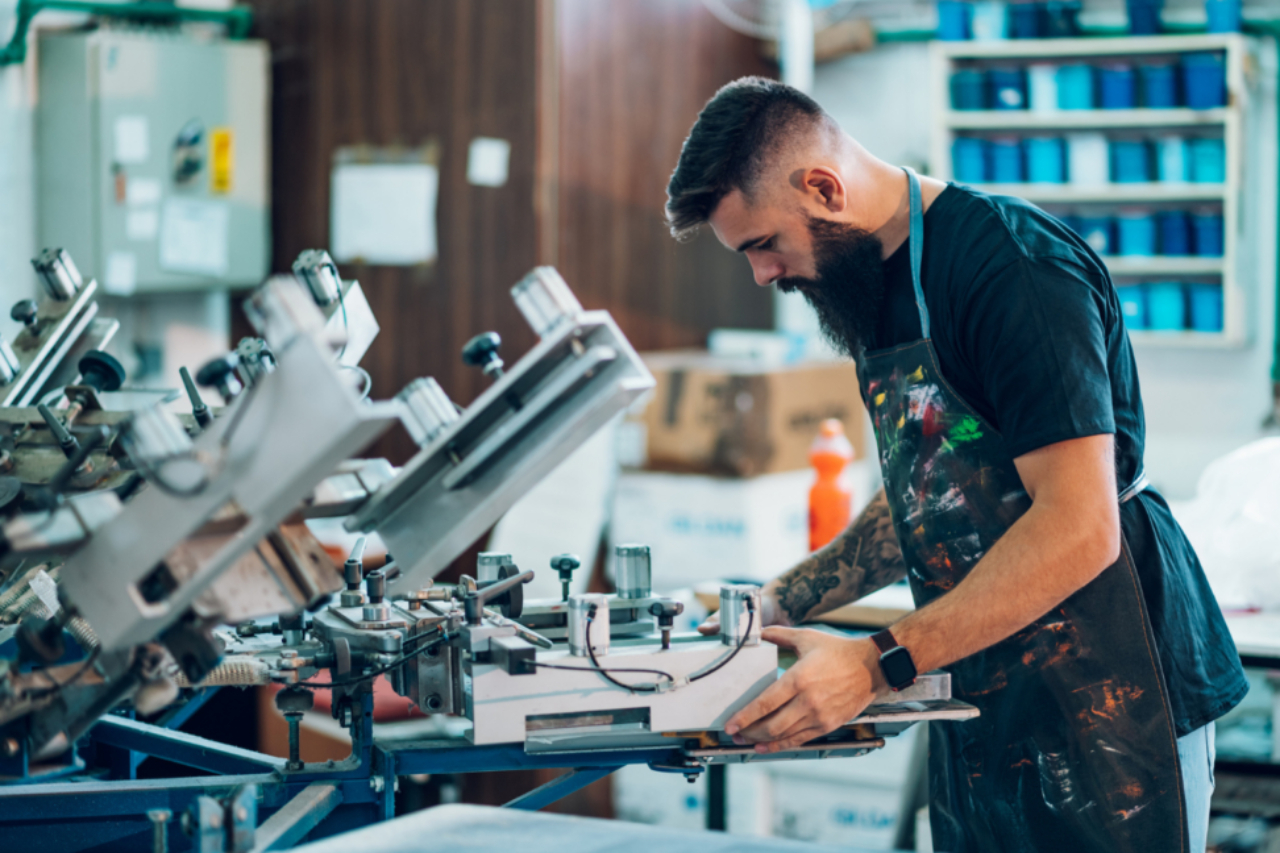Unlocking the Potential of DTF Printing: A New Era in Textil
Unlocking the Potential of DTF Printing: A New Era in Textil
From Jerry Phens
DTF has emerged as a cornerstone of modern textile printing.
Subscribe to follow campaign updates!
More Info
The printing industry has seen a series of transformative technologies over the years, but few innovations have made as significant an impact as Direct to Film (DTF Printer ) printing. Seamlessly blending efficiency with versatility, DTF has emerged as a cornerstone of modern textile printing. This article explores the distinctive features, advantages, and game-changing potential of DTF printing for businesses and creative professionals alike.
) printing. Seamlessly blending efficiency with versatility, DTF has emerged as a cornerstone of modern textile printing. This article explores the distinctive features, advantages, and game-changing potential of DTF printing for businesses and creative professionals alike.
Understanding DTF Printing
Direct to Film printing is a specialized process that involves transferring printed designs from a polyethylene terephthalate (PET) film onto fabric or other materials. Unlike traditional techniques, DTF eliminates many of the constraints associated with older methods like screen printing or heat transfer vinyl (HTV). This flexibility allows creators to experiment with diverse materials and intricate designs.
At its core, DTF relies on precision and high-quality components. Specialized printers, proprietary inks, adhesive powders, and PET films come together in a harmonious process that delivers vibrant and durable prints.
How DTF Printing Stands Out
One of DTF’s standout features is its ability to print on a wide array of fabrics and materials. Whether it’s cotton, polyester, rayon, or even leather, DTF prints hold up exceptionally well. This versatility makes it a preferred choice for businesses catering to diverse customer needs.
Traditional screen printing often becomes economically unfeasible for smaller batches due to its high setup costs. DTF, on the other hand, thrives on small-scale production without compromising quality, making it ideal for personalized orders or boutique printing operations.
Thanks to advanced printing technology and precise white ink application, DTF delivers highly detailed and vibrant results. Even the most intricate designs, including gradients and fine lines, come out crisp and vivid.
Many DTF setups focus on reducing waste compared to traditional methods. There’s minimal material wastage, and the ability to print only what is needed aligns well with sustainable business practices.
The DTF Printing Workflow
The DTF process is straightforward yet requires attention to detail at every stage:
Business Opportunities with DTF Printing
The rise of DTF has unlocked numerous opportunities for entrepreneurs and businesses:
Custom Apparel: Offer personalized t-shirts, hoodies, and accessories to cater to individual or corporate needs.
Event Merchandise: Produce small-batch event-specific items like tote bags, caps, or jerseys.
Home Decor: Expand into items like cushions, curtains, and tablecloths.
Corporate Branding: Supply branded uniforms and promotional items for businesses.
Overcoming Challenges in DTF Printing
While DTF offers unparalleled benefits, it’s not without its challenges. Regular maintenance of the printer, precise handling of adhesive powder, and consistent temperature control during curing are vital for maintaining print quality. Investing time in mastering the process pays off by ensuring long-term success.
The Future of DTF Printing
As DTF Printers technology evolves, its applications are poised to expand even further. With ongoing advancements in ink formulations, printer designs, and automation, the process will only become more efficient and accessible. For businesses, adopting DTF printing is not just a trend—it’s a forward-thinking move toward sustainable growth and innovation.
DTF printing has redefined the possibilities in textile customization. Its combination of affordability, quality, and versatility makes it an essential tool for modern creators and businesses. By embracing this technology, you can unlock endless creative opportunities and elevate your offerings to new heights.
More info https://dtgpro.com/ciccategory/dtf-printers
Campaign Wall
Join the Conversation
Sign in with your Facebook account or email.
